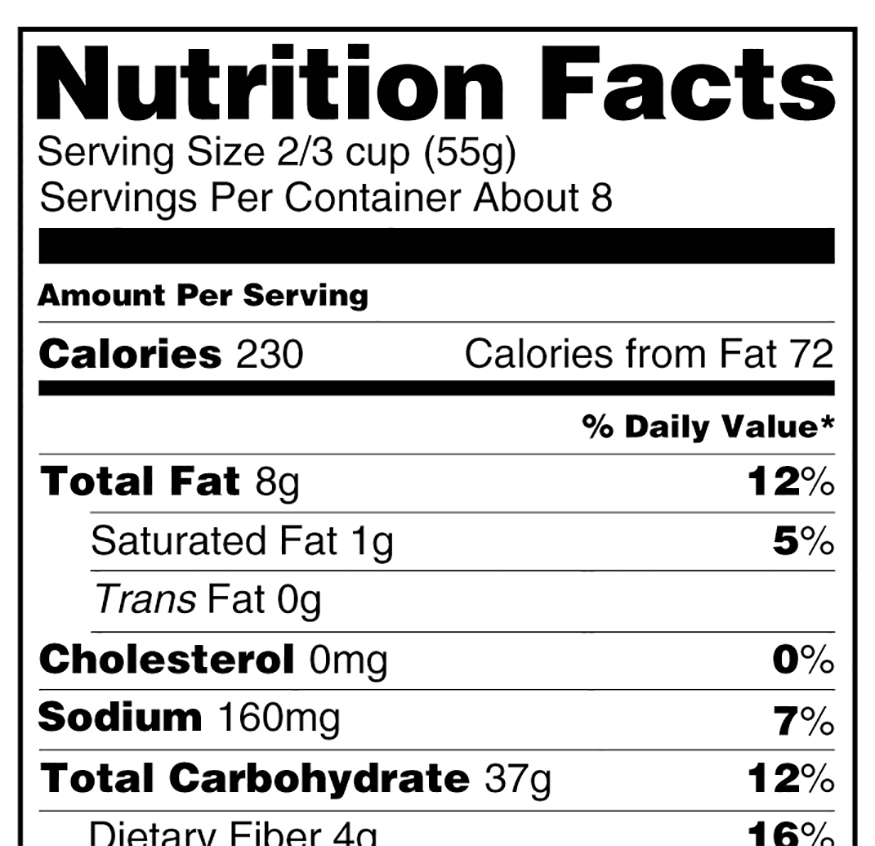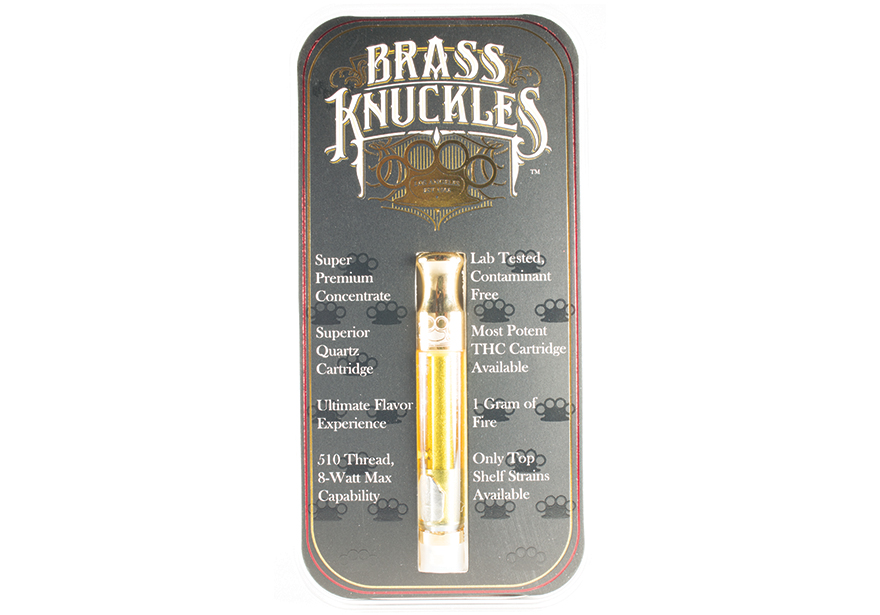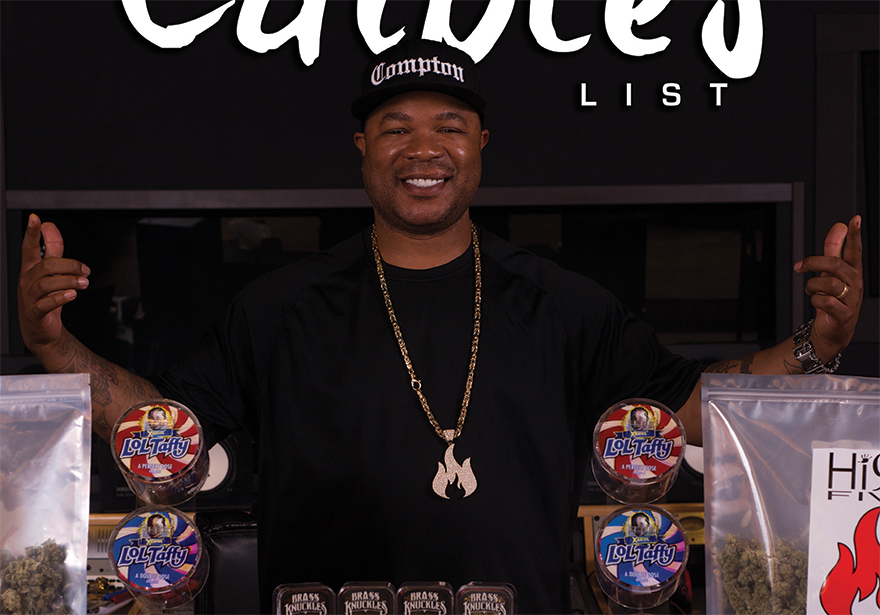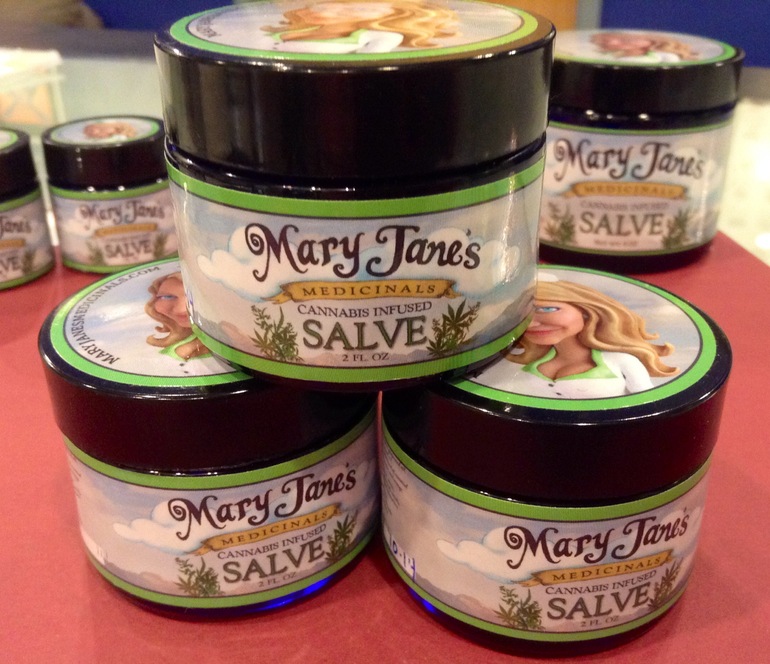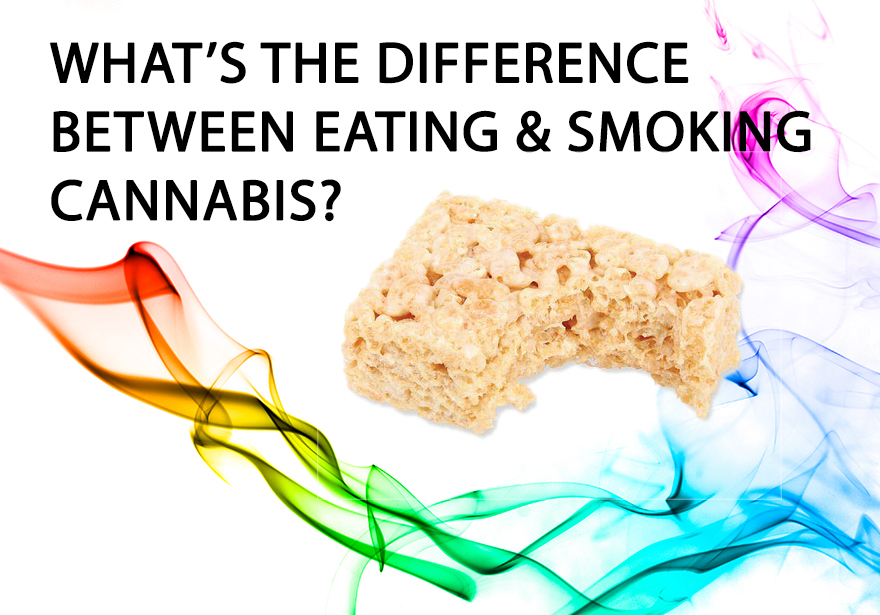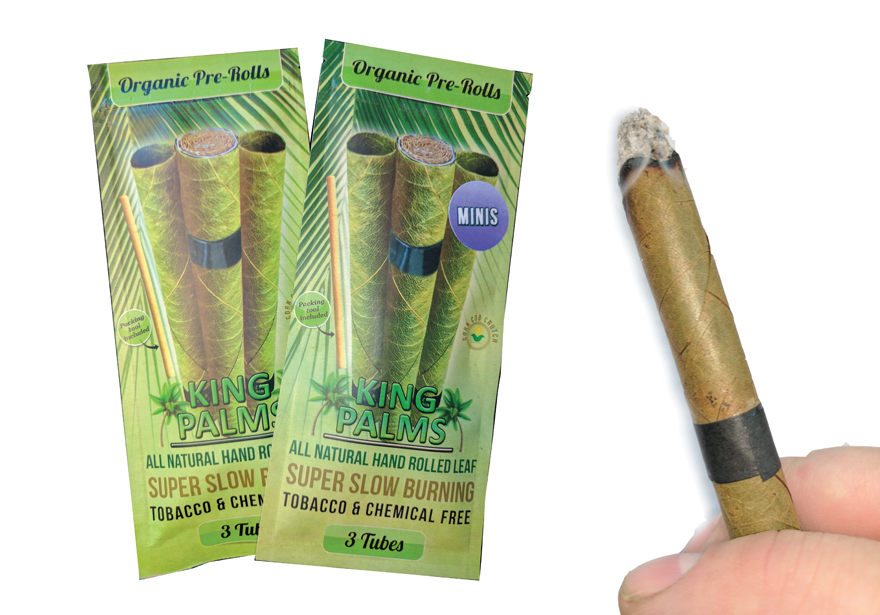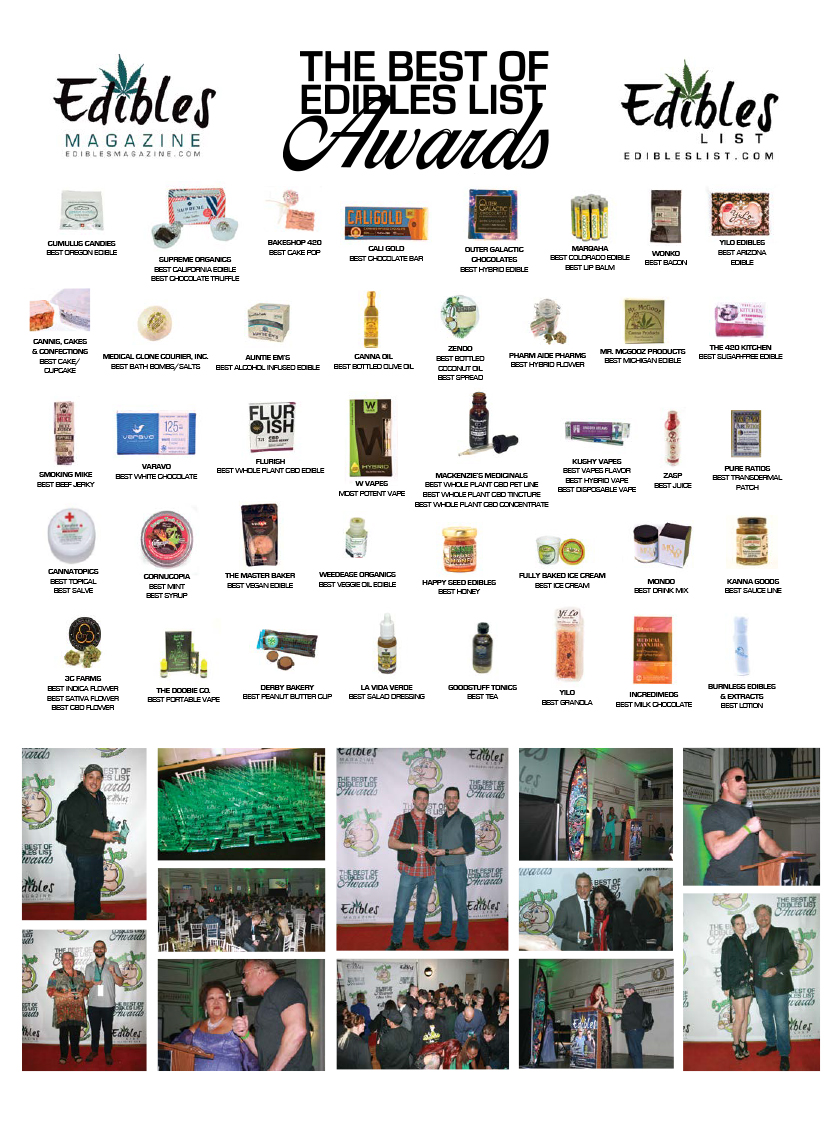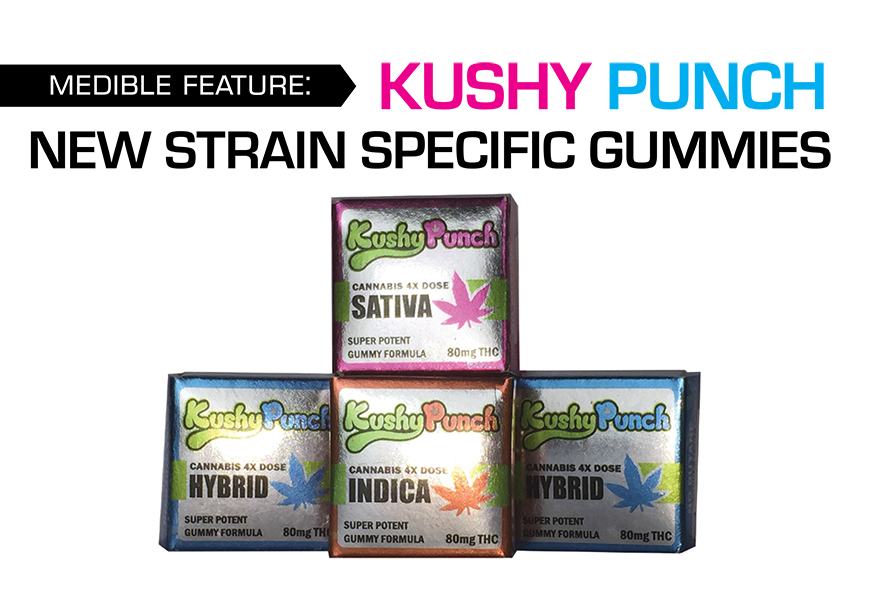Several years ago I was approached by a food entrepreneur, he was getting ready to demo and sell his line of “shelf stable” marijuana infused beverages at a Hemp festival. He wanted to make sure that he had made the product properly and followed all the sanitation guidelines. I looked at his bloated sealed bottles of marijuana infused juice and asked him what his pH was and his time/temperature thermal process. I got a blank stare in return. The entrepreneur told me he figured the unknown amount of citric acid he had added to his batch was enough to preserve it and make it safe.
Having spent the last 18 years working in the food industry, I can tell you that Food safety is the #1 priority by both food manufacturers and government regulators. Our food supply is closely monitored by the FDA, the USDA, as well as local and state health departments. The laws are strict but they are there to protect us from getting sick and protect our food from spoiling and going to waste. Unfortunately, these federal agencies do not monitor the production of marijuana infused food products and the food makers have been left to figure out food safety for themselves. To the novice, food safety usually just means washing your hands or “keeping hot foods hot and cold foods cold”. The creation of food products, especially shelf-stable food products such as cookies, candy and beef jerky is far more complex and involves understanding how to prevent pathogenic (deadly) bacteria from growing in our food. The inhibition of pathogenic bacteria is directly connected to the amount of sugar, salt, acid in the food as well as the moisture level, pH and added preservatives. Understanding these bacteria inhibitors is what allows us to have baked goods that last for months, canned goods that last for years and pasteurized juices that are good for several months in the refrigerator. The USDA and FDA have guidelines on their website available to anyone for review.
The amount of information needed to safely formulate food products is overwhelming. Unless you understand food safety rules and regulations it is important to proceed with caution and only make food products that do not require refrigeration. Shelf stable food products that never require refrigeration are referred to as “Non Potentially Hazardous Foods” and includes items like brownies, candy and chocolate. Since cakes, candy and cookies are for the most part high in sugar and/or baked to a very dry state, they do not support bacteria growth, which prefers lower sugar and high moisture environments. In addition to only making safe non perishable foods, developers should make sure that they properly label their food product and try to follow the FDA labeling guidelines as much as possible. At the minimum a Nutrition Facts Panel should include:
• Product Name
• Serving Size
• Servings per Product
• MG THC per serving
• Calories
• Macronutrients (Fats, Carbohydrate,
Protein)
• Ingredients in descending order by weight
• The official Allergens (Milk, Egg, Fish,
Shellfish, Nuts (Including Coconuts),
Wheat, Peanuts, Soybeans should
be clearly stated on the package.
• Ingredients that some may be Sensitive to:
Sesame seeds, Mustard, Gluten.
Serving sizes are extremely important because it tells the consumer how much of the food product they need to eat in order to ingest the proper amount of THC medicine. Serving sizes should be clearly stated by weight and not “1/4 of a bar” because eyeballing measurements is not the most accurate method.
Don’t make claims like “gluten free” or “Non-GMO” unless the product and ingredients have been tested by a third party laboratory and have confirmed paper trails. Avoid making health claims that imply the product can cure illness or has high amounts of certain vitamins.
Marijuana-Infused food labels are not being monitored by federal agencies but food makers should educate themselves and self regulate by following as many FDA guidelines as possible because those regulations will protect your customer from getting sick, consuming allergens or being misled by incorrect claims and statements.
RACHEL ZEMSER
STAFF EDITOR

